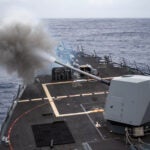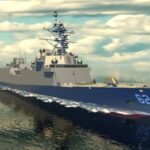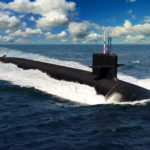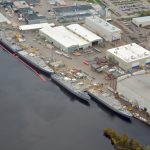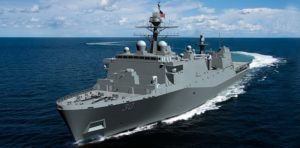
The initial drafts of the House fiscal year 2024 defense authorization and appropriation bills, or marks, disagree on some Navy ships to procure and which vessels the service can decommission. The House Armed Services Committee’s (HASC) chairman’s mark adds $750 million to procure the next San Antonio-class Flight II amphibious transport dock ship, LPD-33, in line with the Marine Corps’ top unfunded priorities list item (Defense Daily, March 21). Commandant of the Marine Corps Gen. David Berger said he listed…

 By
By 